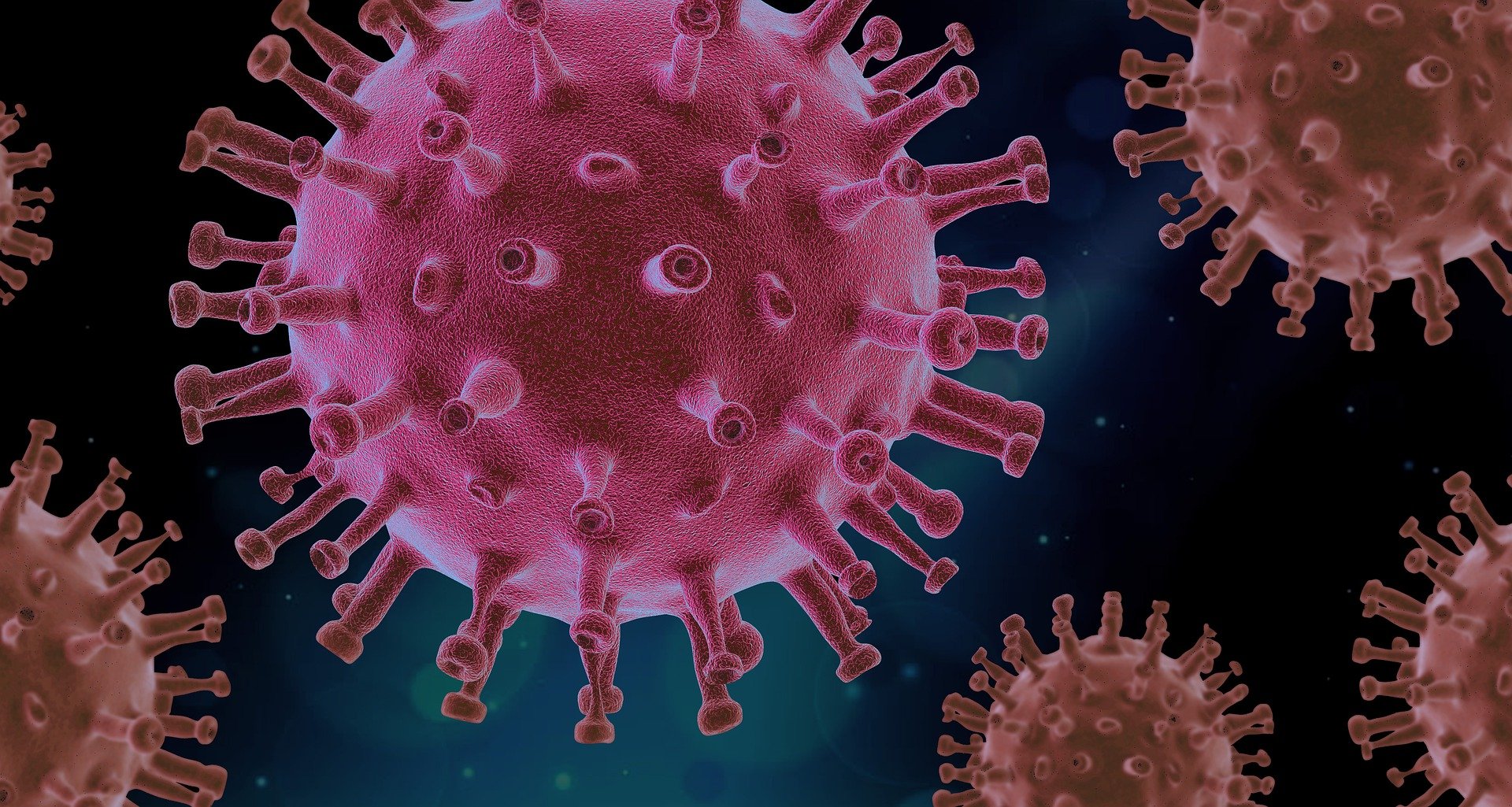Fungal infections in patients with COVID-19
Abstract
On December 2019 a new coronavirus (SARS-CoV2) result in atypical pneumonía epidemic, it was identified in Wuhan China and it was called COVID-19. Then on March 11 was declared pandemic by the WHO.
Until September 30, 2020 in Argentina 751,001 cases and more than 16,937 deaths have been confirmed. The frequency and impact of co-infections affecting SARS-Cov2 infected patients has been studied with the advance of the pandemic. Among those due to fungi are Candida sp fungemias, invasive aspergillosis, endemic systemic mycoses, and pneumocystosis.
We present the different mycosis-COVID-19 co-infections that were assisted in F. J. Muñiz Hospital between April and September of this year and review the characteristics of these infections in patients with and without AIDS is carried out.
In this period, 2,837 patients were admitted in the Muñiz hospital, 2,287 had a confirmed diagnosis of COVID-19.
Co-infection of COVID-19 with pulmonary or systemic mycoses was less than 1%.
Eighteen patients had pulmonary or systemic fungal infections. Eight suffered from candidemia, five meningeal cryptococcosis, two histoplasmosis, two probable acute invasive aspergillosis, and one chronic pulmonary aspergillosis.
Prolonged stay in intensive care facilitated fungemia due to Candida sp. Histoplasmosis and cryptococcosis cases seem to be related to advanced HIV disease and not to COVID-19.
Patients with a high baseline inflammatory component with severe coronavirus pneumonia are more associated with invasive mycoses than HIV-positive patients with low levels of LTCD4 +.
Downloads






